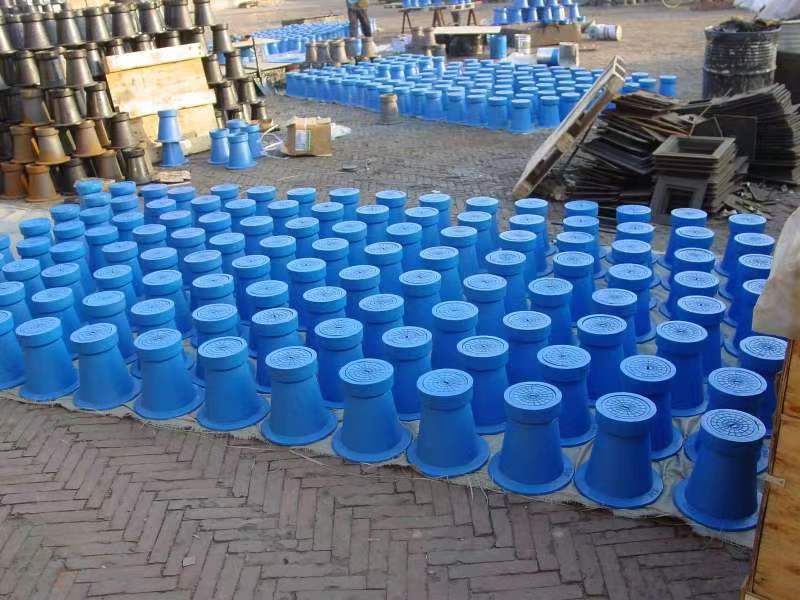Exploring the Importance and Functionality of Modern Bollards in Urban Design and Safety
The Versatile Role of Bollards in Modern Urban Design
In the modern urban landscape, bollards play a crucial yet often underappreciated role. These short, sturdy posts, typically made of concrete, metal, or plastic, serve multiple functions that enhance both safety and aesthetic appeal in city environments. From protecting pedestrians to improving traffic flow, bollards have become an essential element in contemporary urban design.
Historical Context
Historically, bollards were primarily used in maritime contexts. They served as mooring posts for ships at docks, allowing vessels to secure themselves safely. The word bollard itself is derived from the Middle English term bole, which referred to a post. Over time, the utilization of bollards expanded beyond maritime boundaries, finding their way into streetscapes and pedestrian areas as cities evolved and modified their infrastructure to accommodate growing populations and vehicular traffic.
Safety and Security
One of the primary functions of modern bollards is enhancing safety and security. In urban environments, they serve as a physical barrier that separates pedestrian areas from vehicle traffic. This is particularly important in crowded cities where foot traffic intersects with busy roadways. By positioning bollards strategically, city planners can create safe zones for pedestrians, reducing the risk of accidents and injuries.
Moreover, in an age of increasing concerns about security threats, such as vehicle-ramming attacks, bollards have taken on a more critical role. High-security bollards are designed to withstand substantial impacts without collapsing, serving as a deterrent against any potential vehicular assault. Many major cities have implemented these security measures in high-profile areas, including government buildings, commercial districts, and public spaces, to safeguard residents and visitors.
Aesthetic Enhancement
bollard

Beyond safety, bollards also have significant aesthetic contributions to urban design. They come in various shapes, sizes, colors, and materials, allowing city planners and landscape architects to choose options that complement the surrounding architecture and environment. Decorative bollards can add a unique touch to public spaces, parks, and promenades, enhancing the visual appeal of urban areas.
In many cities, artistic bollards have been introduced to reflect local culture and history. For example, in some metropolitan areas, bollards are designed to mirror the city’s architectural style or feature artistic elements that celebrate the region’s heritage. This not only beautifies the space but also fosters a sense of identity and community among residents.
Traffic Management
Bollards also play a vital role in traffic management. By guiding vehicles and pedestrians into designated paths, they help streamline movement within crowded areas. They can indicate where cars should stop or go while clearly marking pedestrian walkways. In addition, removable or retractable bollards are increasingly being used in urban planning to allow for flexibility in traffic management—enabling vehicle access during certain times while restricting it during peak pedestrian hours.
Environmental Considerations
Lastly, as cities aim for more sustainable urban design, bollards can also contribute to environmental goals. Many modern bollards are made from recycled materials or designed to incorporate green elements, such as potential integration with solar-powered lighting or planters for green vegetation. This not only reduces the urban heat island effect but also enhances the biodiversity of urban ecosystems.
Conclusion
In conclusion, bollards are much more than mere posts dotting the streets of our cities. They embody a multifunctional component of urban design, enhancing safety, aesthetics, traffic flow, and even sustainability. As we continue to navigate the complexities of urban living, the role of bollards will likely expand, adapting to meet the evolving needs of our communities while contributing positively to the built environment.
-
The Smarter Choice for Pedestrian AreasNewsJun.30,2025
-
The Gold Standard in Round Drain CoversNewsJun.30,2025
-
The Gold Standard in Manhole Cover SystemsNewsJun.30,2025
-
Superior Drainage Solutions with Premium Gully GratesNewsJun.30,2025
-
Superior Drainage Solutions for Global InfrastructureNewsJun.30,2025
-
Square Manhole Solutions for Modern InfrastructureNewsJun.30,2025
-
Premium Manhole Covers for Modern InfrastructureNewsJun.30,2025
